Each spring, Professor Rasha Ahmed teaches a 300-level course on the market for green goods (environmentally conscious goods). Students replicate the market for green goods in the course through a hands-on, interactive activity.
Students selected a product and brought samples of both the green product and the corresponding traditional one. They gave out surveys to other students to analyze how people perceive both products and if individuals are willing to pay extra money for the green version. Some example products were organic corn versus the GMO version, shade grown coffee, impossible burger, natural cosmetics, natural cleaners, and bamboo plates and cups.
Sarah Williamson, a senior Economics major, spoke highly about the course and the activity. “Studying a green good has allowed me to explore the different preferences of consumers and what is important in creating a green product that consumers will be willing to purchase over its brown alternative. If the price of a green good is higher than the brown good that consumers are used to, you need to be able to prove to them the increase in value, whether that be strictly the “greenness” or some other value or benefit it brings to the consumer. It’s also important to think about firms’ incentives when creating legislation about production; carefully constructing policies that firms will actually adhere to is necessary to really achieve the goals of the legislation. This includes having accurate enforcement methods to avoid any cheating or misrepresentation. The course and the activity have been engaging and effective in helping us as a class see how economic factors and policies have the ability to help create a “greener” future if they’re used correctly.”
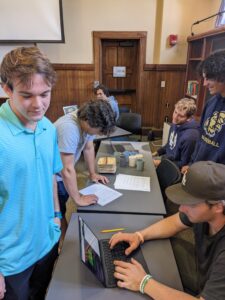 |
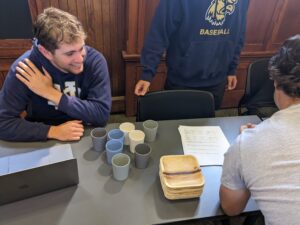 |
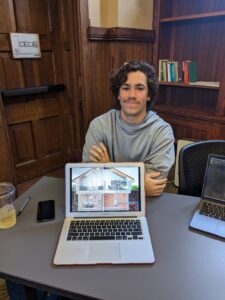 |
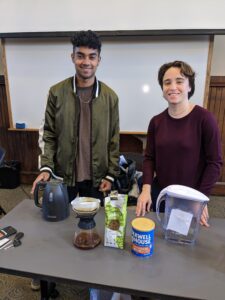 |
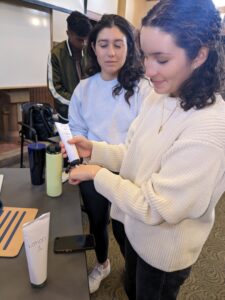 |
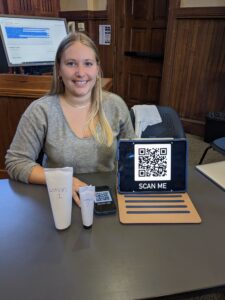 |
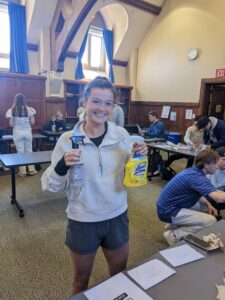 |
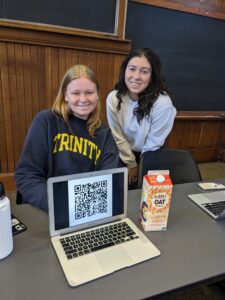 |
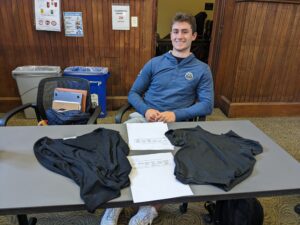 |
